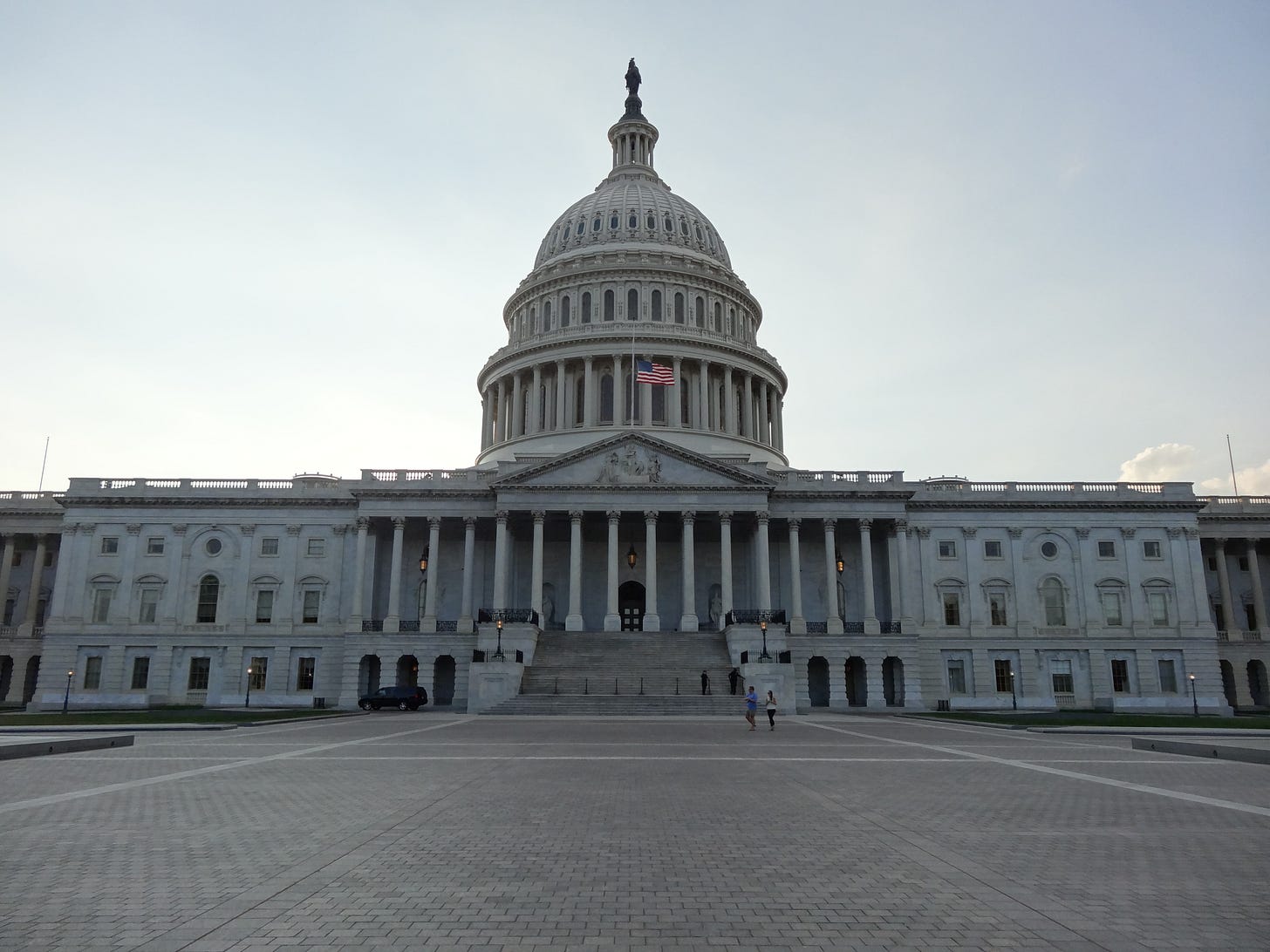What you (probably) forgot about President Reagan
Leaders in democracies throughout history have acknowledged that government both belongs to and serves the people.

On January 25, the longest U.S. federal government shutdown in history ended. The next shutdown may very well begin on February 15. This reprieve allows federal workers to partially catch up on their bills and critical items of work. For the rest of us, it is a fitting time to consider the important work that the government does.
There are few silver linings to putting 800,000 people out of work for a month. One of the few benefits of the Trump shutdown was a sudden surge of journalism on “non-essential” federal workers whose work was suddenly terminated. For one brief moment, invisible government services were in the spotlight. We normally don’t spend much time being grateful that our local weather forecast is enabled by NOAA, that national treasures like Joshua trees survive because of park rangers, that airplanes don’t crash because of the FAA. But all of these things make our lives better.
Our local, state, and federal governments serve a population of 325 million with 90,000 jurisdictions and 23 million total employees. It is difficult for any one person to understand everything that these people do; most of the benefits that all of us receive take the form of invisible services or payments hidden as tax reductions. We do not receive statements showing how many of our tax dollars pour into our educations, our roads, our policing, our mortgages, our entertainment, our uncontaminated food.
The government quietly takes care of many things with our tax money, and it also pays for many industries and services with direct and indirect subsidies--payments made through tax cuts, loopholes, and deductions. We subsidize rural telephone, water, and internet, and everyone’s ethanol and home buying. If you don’t think that the government helped you buy your house, consider that among a renter, someone who owns a home outright, and a someone with a mortgage, only the mortgagor gets a deduction. Effectively, the government is paying some of the mortgagor’s interest. Implicit subsidies like this are immense: in 2016, the federal government indirectly paid $77 billion to support mortgage holders and $145 billion to support employer insurance programs. For comparison, we spent $71 billion on food support that year. But if you ask people who receive an implicit subsidy whether they are getting any financial help from the government, most will deny it.
When Republicans refer to themselves as being the “party of Reagan”, they aren’t referencing his position as a union head or the 11 times that he raised taxes. Instead, they typically refer to his small-government view best summarized by his misquoted line that “the government is not the solution to our problem, the government is the problem.”
By contrast, throughout history, from the ancient Roman term for the pre-imperial government (the res publica, the “public business”) to Justice Oliver Wendell Holmes, Jr.’s statement that taxes are the route to civilization, leaders in democracies have acknowledged that government both belongs to and serves the people. It is troubling to live in a time when the functionality and necessity of our government has become so invisible to us that many people forget that the Reagan quote above is not a general statement: it begins with the phrase, “In this present crisis.”
What ought to go without saying is this: the government exists for the public good. It benefits all of us, from the infant receiving WIC to the middle-class mortgagor to the billionaire building subsidized stadiums. We entrust government with the functions that we believe are so important that they should not be left to the whims of a local community's resources and organization. Dismantling government, even temporarily, threatens everything about our way of life, from the compassion we show to one another to the functioning of our businesses. We cannot allow this to keep happening.
Shannon Patrick and Kelcey Patrick-Ferree live in Iowa.
Originally published in the Iowa City Press-Citizen on February 8, 2019.

